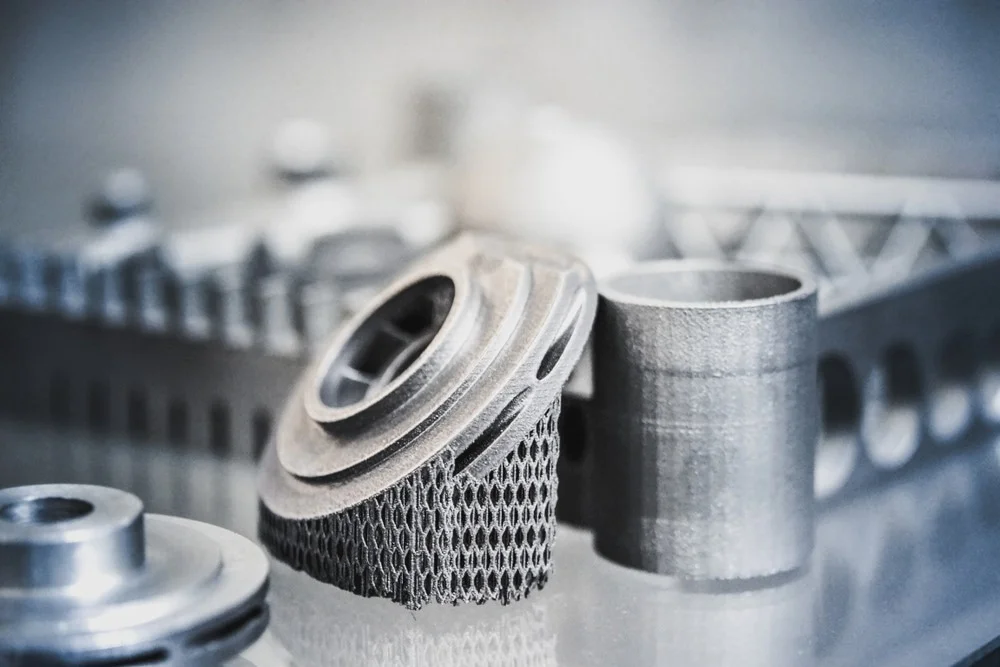ASTM F519 Hydrogen Embrittlement at Elevated Temperatures
The ASTM F519 standard specifies a procedure to determine the susceptibility of metallic materials to hydrogen embrittlement when exposed to elevated temperatures. This test is crucial for ensuring the integrity and reliability of components used in high-stress environments, such as automotive, aerospace, and nuclear industries. Hydrogen embrittlement occurs when atomic hydrogen penetrates into metals, leading to a reduction in ductility and increased susceptibility to cracking under stress.
The ASTM F519 test method involves subjecting the specimen to a specific hydrogen-charged environment at elevated temperatures for an extended period. The specimens are typically made of steel or other susceptible metallic materials that are critical in high-stress applications. After exposure, the specimens undergo mechanical testing to evaluate changes in their tensile properties compared to baseline conditions.
The primary objective of this test is to identify the hydrogen embrittlement threshold for different materials, which helps manufacturers and engineers make informed decisions about material selection and processing methods. This information is vital for ensuring that components can withstand the operational stresses they will encounter without failing prematurely due to embrittlement.
Understanding the effects of hydrogen embrittlement at elevated temperatures is particularly important in industries where materials are subjected to high-temperature environments, such as gas turbines, exhaust systems, and engine parts. The test results provide critical insights into the behavior of materials under these conditions, enabling manufacturers to optimize their designs for both performance and safety.
For quality managers and compliance officers, ASTM F519 is a valuable tool in ensuring that products meet industry standards and regulatory requirements. In R&D environments, this test helps engineers understand material properties under stress, aiding in the development of new alloys and processing techniques. For procurement teams, it ensures that materials are sourced from suppliers who adhere to stringent quality control measures.
The ASTM F519 procedure is a standardized method for assessing hydrogen embrittlement susceptibility at elevated temperatures. It involves charging specimens with hydrogen under specific conditions, holding them at high temperature for an extended period, and then evaluating their mechanical properties post-exposure. This test provides critical data that helps prevent failures in components subjected to harsh environmental conditions.
Hydrogen embrittlement can lead to catastrophic failure of materials used in high-stress applications, making ASTM F519 a vital tool for ensuring material integrity. By understanding the effects of hydrogen embrittlement at elevated temperatures, engineers and manufacturers can design more reliable components that withstand operational stresses without compromising safety.
ASTM F519 is particularly relevant for industries where materials are subjected to high-temperature environments, such as aerospace, automotive, and nuclear sectors. In these industries, the test results provide essential insights into material behavior under stress, enabling manufacturers to optimize designs for both performance and safety. For quality managers, compliance officers, R&D engineers, and procurement teams, ASTM F519 is a crucial tool in ensuring that products meet industry standards and regulatory requirements.
The ASTM F519 procedure involves subjecting specimens to hydrogen-charged environments at specific temperatures over an extended period. After exposure, the specimens undergo mechanical testing to evaluate changes in their tensile properties compared to baseline conditions. This test provides critical data on material integrity under stress, helping engineers and manufacturers make informed decisions about material selection and processing methods.
Hydrogen embrittlement can lead to catastrophic failures of materials used in high-stress applications, making ASTM F519 a vital tool for ensuring component reliability. By understanding the effects of hydrogen embrittlement at elevated temperatures, engineers and manufacturers can design more robust components that withstand operational stresses without compromising safety.
ASTM F519 is particularly relevant for industries where materials are subjected to high-temperature environments, such as aerospace, automotive, and nuclear sectors. In these industries, the test results provide essential insights into material behavior under stress, enabling manufacturers to optimize designs for both performance and safety.
Industry Applications
- Aerospace components subjected to high-temperature environments during operation
- Critical automotive parts exposed to extreme conditions in exhaust systems
- Nuclear reactor materials under prolonged stress at elevated temperatures
- Turbine blades and engine components operating in harsh environments
ASTM F519 is widely used across various sectors, particularly where materials are subjected to high-temperature environments. In the aerospace industry, for example, this test helps ensure that parts like turbine blades and exhaust systems remain intact under operational stresses without embrittling due to hydrogen exposure.
In the automotive sector, ASTM F519 is crucial for evaluating components in exhaust systems where materials are exposed to high temperatures during operation. This ensures that these critical parts maintain their integrity and performance over time. In nuclear industries, where long-term reliability is paramount, ASTM F519 helps assess material behavior under prolonged exposure to elevated temperatures.
The test results from ASTM F519 provide essential data for optimizing the design of components in various sectors. By understanding how materials behave under stress at high temperatures, engineers can make informed decisions about material selection and processing methods, leading to more reliable and robust products.
Eurolab Advantages
At Eurolab, our expertise in metallurgy and material testing ensures that we provide accurate and reliable results for ASTM F519 tests. Our state-of-the-art facilities are equipped with the latest instrumentation and software to ensure precision in every step of the test process.
We employ highly skilled technicians who are knowledgeable about the ASTM F519 standard, ensuring that all procedures are followed correctly. This commitment to quality control guarantees consistent and reproducible results, which is crucial for meeting industry standards and regulatory requirements.
Our comprehensive reporting services provide detailed insights into the test results, including a breakdown of hydrogen embrittlement susceptibility at elevated temperatures. We also offer additional analyses and recommendations based on our findings, helping clients optimize their material selection and processing methods.
With Eurolab, you can trust that your ASTM F519 tests are conducted in a professional and rigorous manner, ensuring the highest level of accuracy and reliability. Our reputation for excellence in metallurgy and material testing is built on years of experience and commitment to quality.





